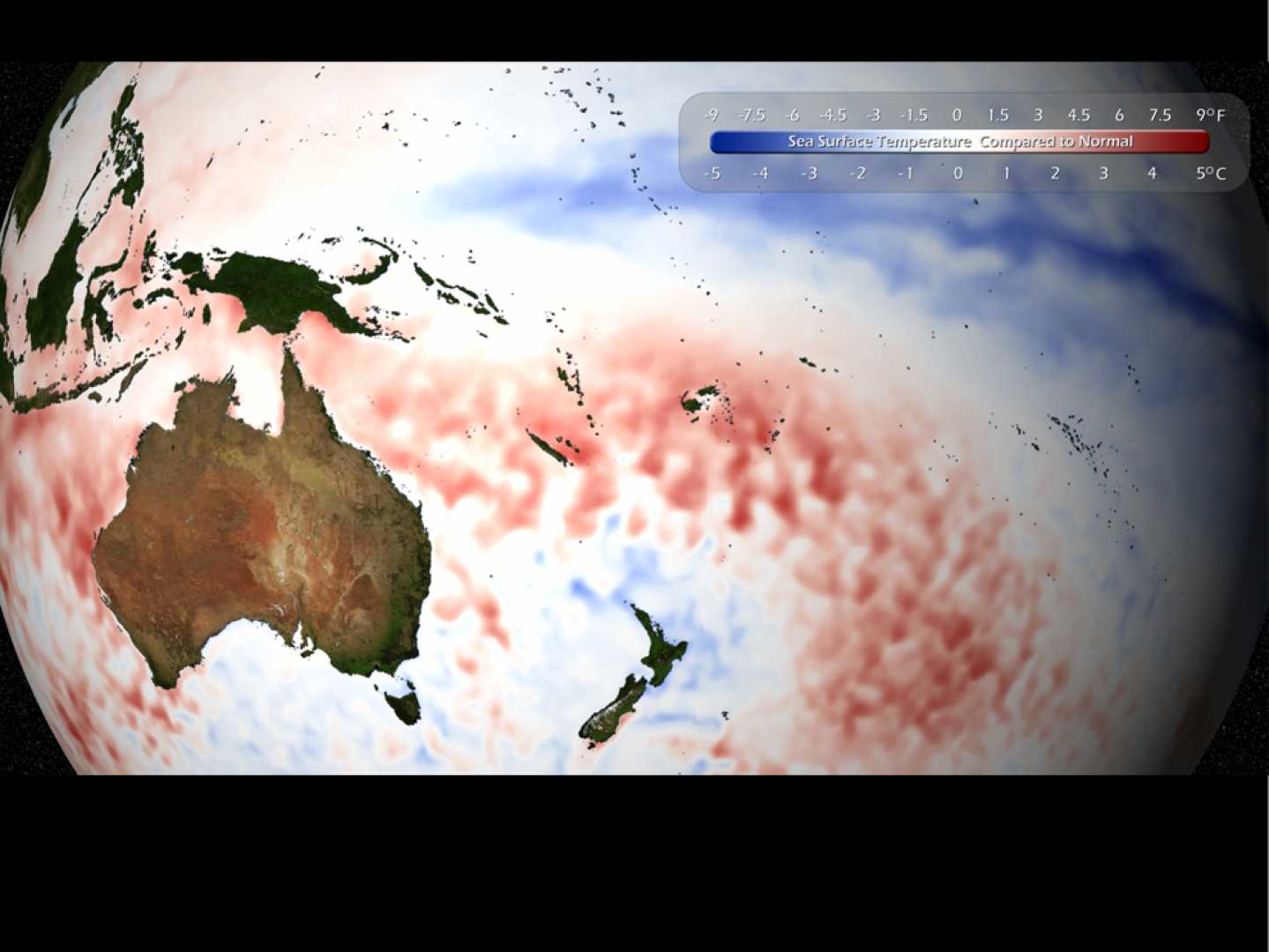News
La Niña’s Impact Fades as Neutral Phase Begins

LA CROSSE, Wis. — The weather influence of La Niña has officially come to an end, as revealed in a recent report by the National Oceanic and Atmospheric Administration (NOAA). La Niña, a natural climate pattern that can have significant global weather impacts, appeared early this year but experienced a brief and unusual life span.
Forecasters first detected La Niña conditions last fall, but the characteristic cooler ocean temperatures in the tropical Pacific did not materialize until the end of the year. Unfortunately, the phenomenon only maintained its presence for a few months, leading to the introduction of a neutral phase, which is expected to persist through spring, summer, and into early fall.
Forecasters pay close attention to both La Niña and its counterpart, El Niño, because these patterns offer valuable predictions concerning global weather trends. However, the end of La Niña does not mean its influence disappears entirely. Michelle L’Heureux, a climate scientist with the Climate Prediction Center, noted that La Niña’s effects may linger despite the neutral conditions. “It’s very difficult to quantify exactly how long and to what extent La Niña’s ghost could stick around,” L’Heureux said.
Over the past two years, La Niña has played a significant role in shaping global temperatures. As for its impact on upcoming weather patterns, forecasters face uncertainty without a strong influence from either La Niña or El Niño. For the Atlantic hurricane season, commencing in June, predictions remain ambiguous. Neutral conditions create unpredictable odds for hurricane activity, while La Niña usually leads to more active storm seasons.
Experts are considering other influences, such as lingering ocean warmth and a planet warming from fossil fuel pollution, suggesting that this year’s hurricane season could still be intense. Recent data indicate that about 90% of the world’s excess heat from burning fossil fuels is stored in the oceans, leading to significantly elevated global ocean temperatures in 2023 and 2024.
Last year, the transition from El Niño to neutral conditions was followed by an extraordinarily active hurricane season, which produced 18 named storms, including 11 hurricanes. Five of these hurricanes struck the United States, significantly affecting coastal areas.
Additionally, predictions for temperature and precipitation patterns during the summer remain unclear but show a trend towards above-average warmth for much of the U.S., excluding the Pacific Northwest and some northern regions. The Climate Prediction Center anticipates continued elevated temperatures through June.
Prolonged heat and drought conditions have been linked to an increase in heat-related deaths, with over 2,000 fatalities attributed to heat in the U.S. in 2023 alone. This marks a drastic rise from previous statistics, emphasizing the need for public awareness about the dangers of heat exhaustion and heat stroke.
As weather forecasts become increasingly vital, the ongoing meteorological observations during this neutral phase will be pivotal for understanding the trajectory of seasonal weather patterns.












